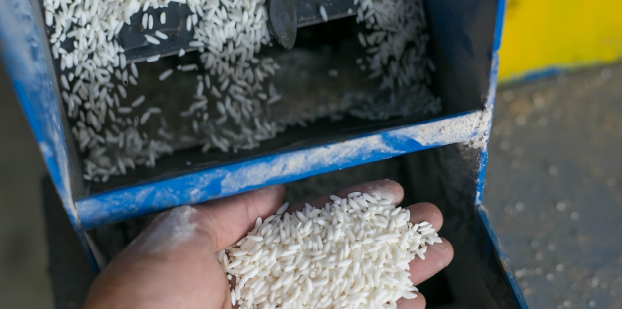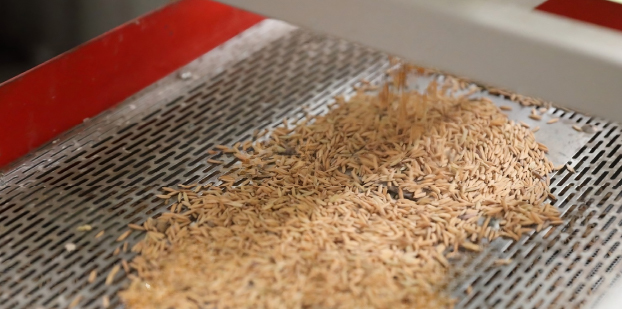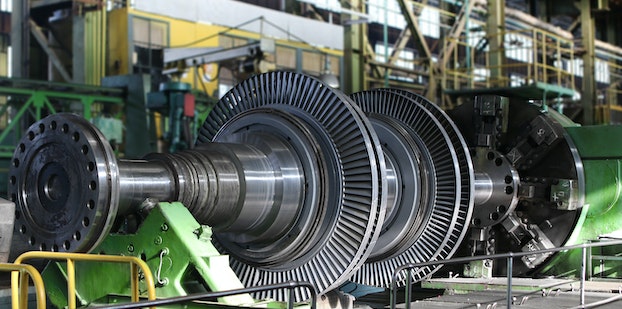March 1, 2023 | 4 min read
6 mistakes to avoid in your rice mill

Milling rice is an important process that transforms rough paddy into the polished, edible white rice we all know and love. However, there are several common mistakes that can lead to lower quality rice and decreased efficiency at the mill.
Here are five mistakes to avoid and tips for ensuring the best outcomes at your rice mill:
1. Overloading the “pre-cleaning” section
One of the most common problems in rice mills is putting too much load on the pre-cleaning section, which can lead to fine dust or stones contaminating the destoning machine. This can cause screens to become clogged and affect the performance of the destoning machine.
To avoid this, it's important to monitor the capacity and make adjustments as needed to prevent overloading. Regular cleaning of the pre-cleaning section is also crucial to maintain its efficiency.
2. Not having the appropriate “bran removal system” for your mill
Lot of rice millers focus on the whitener but they forget to give attention to the bran process system that is connected to the whiteners or the silky machine. A common mistake is not removing the bran properly in each pass, which can cause uneven pressure on the rice grain. This can result in the grain being held in the whitener for too long, leading to friction, low polish and excess heat that softens the grain and increases breakage.
To prevent this, the appropriate Bran Process System(BPS) needs to be attached in the mill without compromising power or blower capacity.
Regular cleaning and maintenance of the whitening and polishing section can also help to prevent issues.
3. Not having “regular and proper maintenance” in the rice mill
Cleaning & maintenance is a vital part of the milling process, but it's often neglected. Neglecting to clean the pre-cleaning section, for example, can result in the same issues discussed in mistake #1.
In the whitening and polishing section, not cleaning properly can lead to clogged screens and poor sanitation, which can increase the temperature in the milling chamber and cause rice grain to soften and break more easily. Make sure to follow proper cleaning procedures at every stage of the milling process to maintain performance and efficiency.
The best practice for rice mill maintenance is 1 day of maintenance for 29 days of running your rice mill in a month.
4. Not changing spare parts on time or using duplicate spares
A running rice mill has a few wear- out parts or consumables, such as grinding stones in the whitening section, pre cleaner screens, vibro destoner screens, rubber rolls in the pneumatic sheller, whitener screens, silky milling rollers etc, all have their lifespan.
Using them beyond this lifespan can cause several performance issues, including longer milling times and increased breakage, over-polishing, and scratching of the grain and also in some case, permanent damage to the machine.
To avoid this, make sure to replace wear parts in a timely manner to maintain their efficiency and prevent performance issues. Duplicate spare parts also play a major role in depreciating the quality of rice as well as the machine performance.
5. Improper drying techniques
To produce top-quality rice, it is important to avoid improper drying techniques that can cause the grain to become fissured and prone to breakage. To prevent this, make sure to dry the paddy evenly and thoroughly while monitoring temperature and relative humidity levels to avoid over-drying or rewetting. The usual humidity level of the paddy after raw paddy drying or parboiled drying should be 12-15% in the paddy.
Proper storage and handling of paddy after harvest is also crucial in minimizing fissuring and achieving optimal results at the mill.
6. Inexperienced operators/workers in your rice mill
Our machines are only as good as the people operating them. An experienced operator running our machines can give you even better results.
To produce top-quality rice, it is absolutely essential to have experienced rice mill operators in your mills as opposed to short term solutions or contract workers. An experienced operator in your mill will take care of preventive maintenance, timely spare part changes, machine settings, aspiration settings and will save money as well as time for the rice miller.
To achieve the best results, it's important to pay close attention to your rice mill, practice good hygiene, clean it and maintain it regularly from time to time. By avoiding common mistakes and taking the appropriate measures, you can guarantee a smoothly running mill operation and the production of top-notch quality rice.





